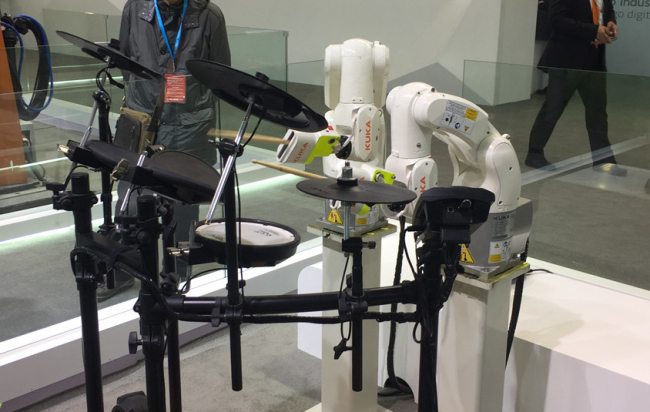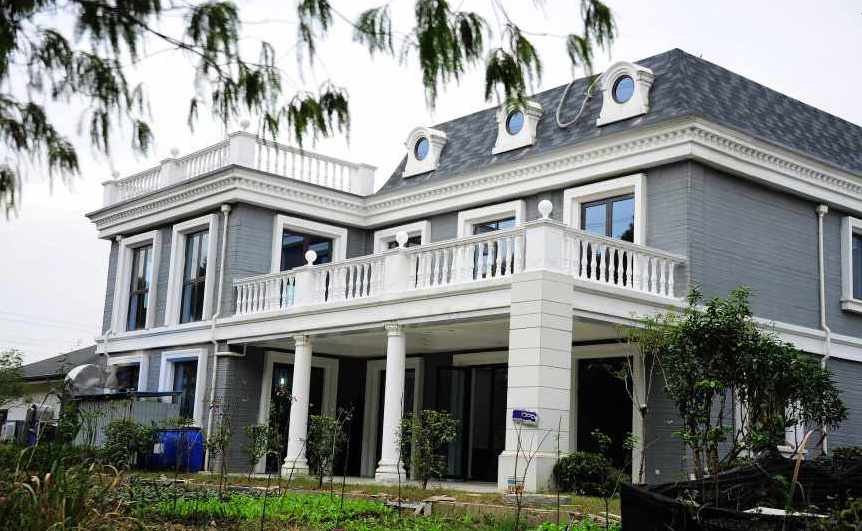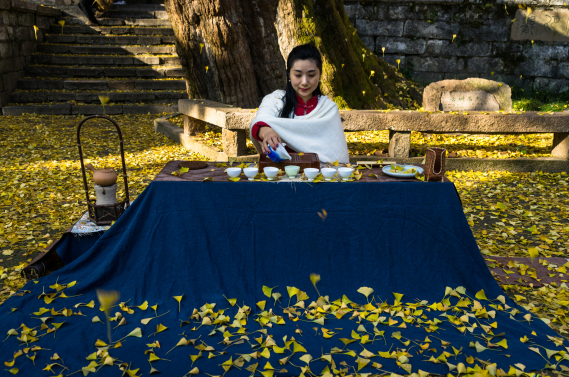

For the first time, Jiangsu has announced a list of 365 traditional architecture clusters, with nearly a half in Suzhou, amid efforts to improve their conservation and development.
The venues were chosen following visits to towns and villages as well as comprehensive studies of architectural style, structural layout and construction techniques in order to determine the cultural and artistic values. To form a cluster, there need to be at least three correlated historic buildings.
Among 1,000 candidate sites, 365 were finally selected in recognition of the conservation significance. "We focused on the logical relationship between buildings,” said Cui Shuping, director of the province’s Urban and Rural Development Research Center.
For example, a town has a cinema built in the 1970s close to a building for Supply and Marketing Cooperative, indispensable in every village and township during the era of the planned economy, and also a barber’s shop called Dongfeng (East Wind). Such buildings were not built a long time ago, but together they reflected the culture and architectural style of a specific development period in China, then they also form a cluster, according to Cui.


(Photo by Wan Chengpeng)
In many places, the protection of traditional building clusters has been aligned with the rural development. After renovation, old buildings with local characteristics now serve as accommodation or tourist reception centers.
Among all cities in Jiangsu, Suzhou stands out for the largest number of traditional building clusters. Mao Guiniu, director of the construction office in Zhenze Town in Suzhou's Wujiang District, said the town has allocated up to 30 million yuan a year since 2013 to constantly improve the infrastructure and serve residents.
One of the main challenges in conservation is the property’s ownership rights that can vary from private to public. Mao said one solution is to sperate the ownership right with the right to use.
Also on the conservation front, researchers from Yangzhou University have been mapping and recording ancient buildings for more than 20 years, building a database of 3D models for the majority of ancient buildings in Yangzhou and Taizhou. This has greatly supported the decision-making of urban planning.




















